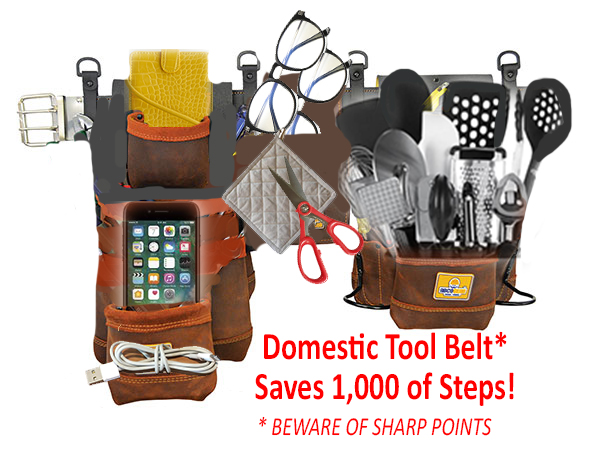Two years ago, our daughter, son-in-law and their three small children moved in with us for seven months while they were between houses. We were feeding seven a day.
Now our son, daughter-in-law and their five children have moved in with us while they are between houses and we are feeding nine a day. I try to look at it as a promotion.
Some children pick at their food and others shove it around on their plates. These children are not that sort. They enjoy food and appreciate food.
Mid-morning they want to know what’s for lunch. When they’re eating lunch, they want to know what will be for dinner, and after dinner, when they are bathed and ready for bed, they ask what will be for breakfast.
When I scramble eggs for breakfast it’s a dozen and a half at a time.
We need chickens. Free range would be good. They’d complement the free-range children.
They are also heavy drinkers. If I bought enough milk to last all week, there’d be no room for anything else in the ‘fridge.
How did women a generation or two ago feed families this size and larger? I should have paid more attention to my grandmothers. And they did it without the aid of freezers, microwave ovens, dishwashers and grocery stores minutes away.
As I grow accustomed to routinely cooking for a larger crowd, I find my inner domestic diva has died. She has gone to a better place, one where the kitchen gleams, the refrigerator door does not have crud on the handles and kitchen windows are not covered with greasy hand prints.
That said, sometimes a faint echo of Martha Stewart is still in my head saying snide things when I make sandwiches for lunch and serve them right off the cutting board.
Yesterday, feeling guilty about presentation, I put a piece of parchment on the cutting board before throwing on the sandwiches. Two of the kids asked if company was coming.
There was a time I served melon in wedges with uniformly cut pieces nesting in the rinds. Now I chunk up a melon, dump the pieces in a bowl, throw down some toothpicks and tell them to spear what they want. Victory goes to the swift. So does the melon.
Somedays I’m so weary that I use paper plates. I feel guilty using paper plates with the waste and all, but I rationalize that feeling guilty is better than feeling dead.
I am concerned that my standards are now so low that I am a poor role model. We celebrated a family birthday the other morning with 11 cousins and donuts on the patio. I took out a large bowl filled with water and a roll of paper towels, announcing it was a finger bowl. Two kids immediately dipped their fingers and you could no longer see the bottom of the bowl.
When they were finished eating, I heard one of our daughters tell her kids to just dip their faces in the finger bowl.
I’m so ashamed.
But I’m alive.

